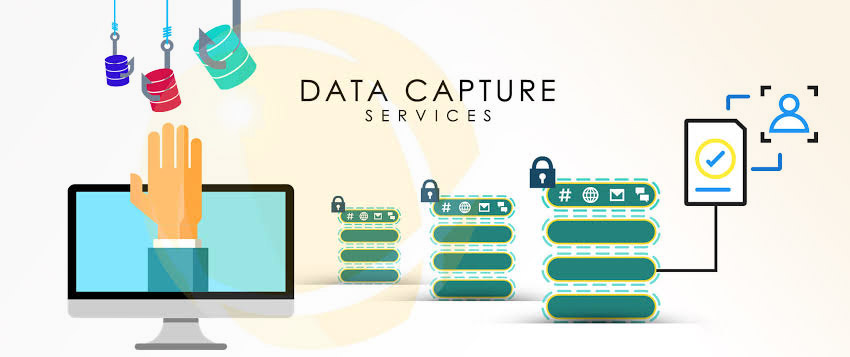
Hierarchical task analysis essentially involves breaking a task down into sub-tasks in order to understand the way the user interacts with a given product. Hierarchical task analysis is the most commonly used kind of task analysis. Cognitive task analysis enables UX designers to explore how both kinds of users complete the task and how they can make the task easier for the new user. One of the important things to keep in mind with this kind of task analysis is that depending on the user, the findings may vary from task to task.įor example, an expert user may quickly and easily find a carton of milk and place it in an online shopping cart, whereas this task will take a new user substantially longer. This includes decision-making, problem-solving, memory, judgment and attention. Cognitive task analysisĬognitive task analysis focuses on understanding the cognitive outlay involved in completing tasks. There are several kinds of task analysis but the two types that are used most regularly are cognitive task analysis and hierarchical task analysis. Typically the process of task analysis should start during user research (which usually happens in the empathize and define stages of the UX design process) that way, your task analysis findings can be baked into other key tasks in the design process, including requirements gathering, developing content strategy and site structure, wireframing and prototyping. It’s definitely not something that should happen after you’ve started making major design decisions. As a result, it should be conducted early in the process. Task analysis can have a big impact on key choices made throughout the design process.
Data model capture projects tasks and sub tasks how to#
Whether it’s streamlining the number of steps in a task, eliminating potential points of confusion with clearer messaging or innovations that will make completing a task easier, the UX designer’s focus should be on how to design the task so it enables the user to most easily and efficiently meet their goals. This is important to keep in mind for UX designers because the more easily users can complete tasks that help them meet their goals, the better the user experience will be. Completing the form is a means to an end: seeing a local dentist. The user’s goal isn’t to complete a form that details their location and insurance information. None of these tasks are the ultimate goal, though. For instance, if a user’s goal is to see a nearby dentist, their tasks may include searching for dentists in the area, learning which ones accept their insurance and ensuring there are appointments available that fit their schedule. Of course, as Rosala notes, it’s important to recognize that tasks are not goals. Task analysis is a process that helps UX designers learn how users actually go about completing tasks with a product.Īccording to Maria Rosala of the Nielsen Norman Group, “a task refers to any activity that is usually observable and has a start and an end point.” So, in task analysis, UX designers first research how users complete tasks by asking them to perform a specific activity and observing how they do so-from start to finish. Let’s dig deeper into why task analysis is valuable, how to go about conducting one, and how it can be used to improve UX.

This is unfortunate because task analysis can actually have a big impact on design decisions.īy observing and understanding the steps users go through to complete various tasks, you can learn everything from what goals users truly want to achieve with the product you’re building to how their previous knowledge will factor into how they approach a given task. While that sounds simple enough, task analysis is often left out of the UX design process. Task analysis is the process of investigating the tasks users complete to achieve a desired goal or outcome.


 0 kommentar(er)
0 kommentar(er)
